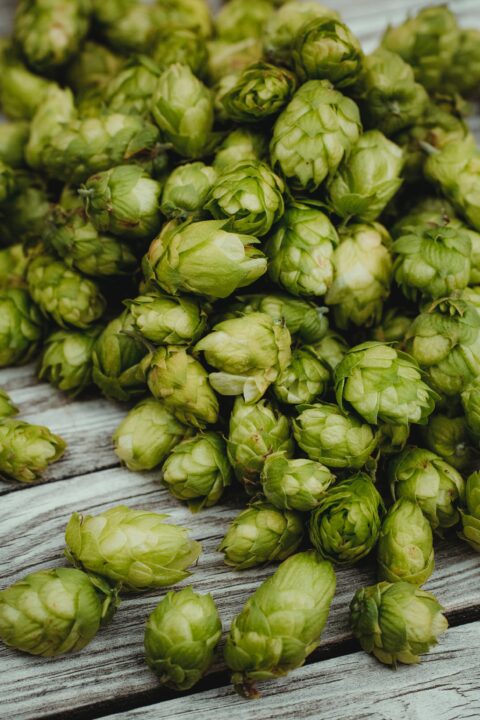Viability On The Menu For Long-Term Vegetable Market Outlook
Despite the growing call for improvements in diet and health to help control the burgeoning cost of healthcare, I have noted in previous articles some disturbing trends in consumption of fruit and vegetables. While the 1980s were what I have termed the ‘Golden Age’ of produce consumption, I also have cautioned about the disturbing fall in consumption since 2000. Fresh vegetable consumption fell from a high of 151.4 pounds per person in 2004 to an estimated 138.3 in 2013. Several factors contributed to this decline, including the Great Recession of 2008, price inflation, and increases in competition from both domestic and international markets. Despite these concerns, there are reasons for optimism over the long run. These include recovery from the recession, the aging of and the continued blending of our U.S. population.
Factors Hurting Consumption
The bad news is that we are still suffering the effects of the Great Recession. The historic economic downturn left many unemployed or underemployed and cut consumption of fresh vegetables to those individuals who saw their real income decline. Studies indicate that consumption declines when incomes fall. We can look to the recession as one of the key factors influencing the decline in demand for fresh vegetables.
Another factor hurting demand for fresh vegetables is price inflation. The consumer price index since 2000 (as estimated by the Bureau of Labor Statistics) shows consumer prices for all items increased 33.9% while all food increased 39.9% and fresh vegetables increased 31.4%. In contrast, consumer prices for apparel fell only 1.1%.
Competition also has made it harder for traditional growers to compete. We have long worried about the growing competition from foreign markets but there also may be increasing competition from within the U.S. borders. Trade data indicate imports are supplying almost 28% of the fresh vegetables we consume in the U.S., an increase of nearly 18% since 2000. Data also suggest that the number of stock keeping units (SKUs) for produce in retail outlets has grown from 481 in 1999 to an estimated 636 in 2006. Those new SKUs represent additional competition for growers supplying traditional fresh produce in 1999. Some of the products seeing the greatest impacts are green beans, cabbage, carrots, lettuce, peppers, and tomatoes.
Reasons For Optimism
As difficult as the 2008 recession has been, there are reasons to believe we are recovering and moving back into a growing economic climate. A full recovery may still be down the road, but recovery will put more income into the hands of consumers. A 2004 USDA study on fruit and vegetable demand concluded that a 1% increase in U.S. disposable income would increase demand for fresh vegetables (excluding potatoes) in a range of 0.7% to 2%. Fresh fruit generally fares even better. This suggests recovery from the recession should provide a boost in demand for fresh vegetables.
Another conclusion from the USDA study was that older consumers eat more fresh fruit and vegetables. While there is concern about the aging of the baby boomers and the strain they put on Social Security and the U.S. healthcare system, that aging population should provide a boost to produce consumption.
Finally, the USDA study also concluded increases in the proportion of the population that is not of white European origin increases consumption of fresh fruit and vegetables. Corrected for income effects, diversity in race/ethnicity adds demand for fruit and vegetables.
While we still have concerns about how to control costs and manage the resources we require for fruit and vegetable production, there are reasons to be optimistic about demand. Producers will need to stay economically efficient and look for opportunities in niche products and niche markets.
As I have previously said and wrote, this will not be your father’s market. Be nimble and quick to adjust to a new market climate, or you might just miss an opportunity.










